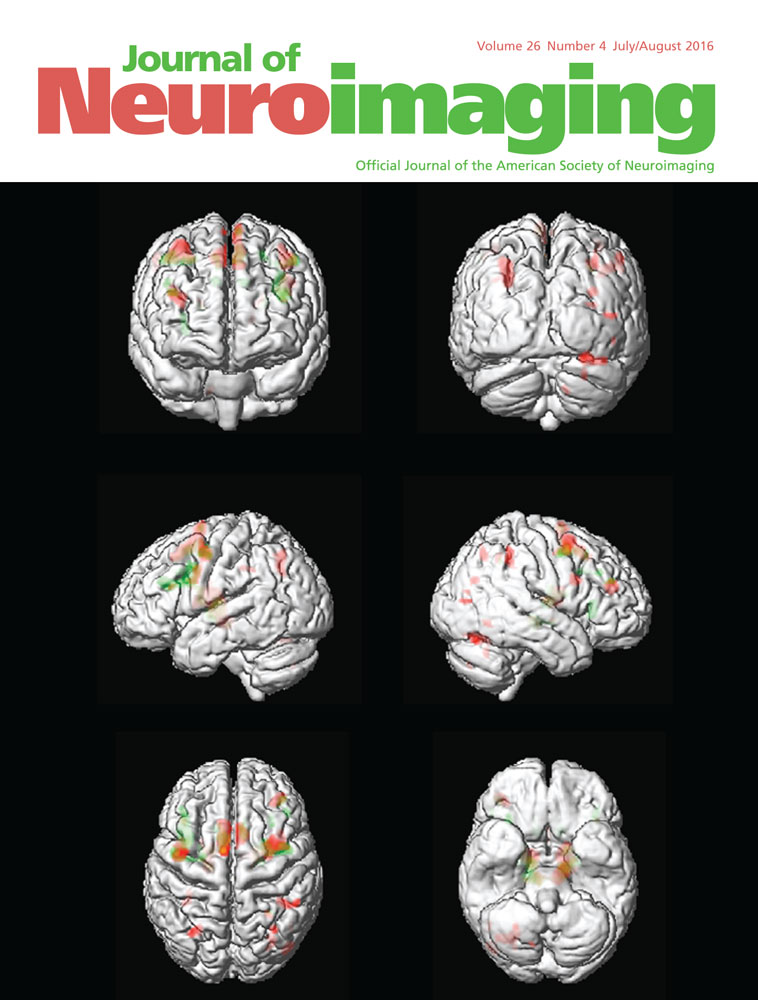Susceptibility-Weighted Imaging of Glioma: Update on Current Imaging Status and Future Directions
The review has been presented as an educational exhibit at the 2016 European Congress of Radiology (10.1594/ecr2016/C-0999).
ABSTRACT
Susceptibility-weighted imaging (SWI) provides invaluable insight into glioma pathophysiology and internal tumoral architecture. The physical contribution of intratumoral susceptibility signal (ITSS) may correspond to intralesional hemorrhage, calcification, or tumoral neovascularity. In this review, we present emerging evidence of ITSS for assessment of intratumoral calcification, grading of glioma, and factors influencing the pattern of ITSS in glioblastoma. SWI phase imaging assists in identification of intratumoral calcification that aids in narrowing the differential diagnosis. Development of intratumoral calcification posttreatment of glioma serves as an imaging marker of positive therapy response. Grading of tumors with ITSS using information attributed to microhemorrhage and neovascularity in SWI correlates with MR perfusion parameters and histologic grading of glioma and enriches preoperative prognosis. Quantitative susceptibility mapping may provide a means to discriminate subtle calcifications and hemorrhage in tumor imaging. Recent data suggest ITSS patterns in glioblastoma vary depending on tumoral volume and sublocation and correlate with degree of intratumoral necrosis and neovascularity. Increasingly, there is a recognized role of obtaining contrast-enhanced SWI (CE-SWI) for assessment of tumoral margin in high-grade glioma. Significant higher concentration of gadolinium accumulates at the border of the tumoral invasion zone as seen on the SWI sequence; this results from contrast-induced phase shift that clearly delineates the tumor margin. Lastly, absence of ITSS may aid in differentiation between high-grade glioma and primary CNS lymphoma, which typically shows absence of ITSS. We conclude that SWI and CE-SWI are indispensable tools for diagnosis, preoperative grading, posttherapy surveillance, and assessment of glioma.




